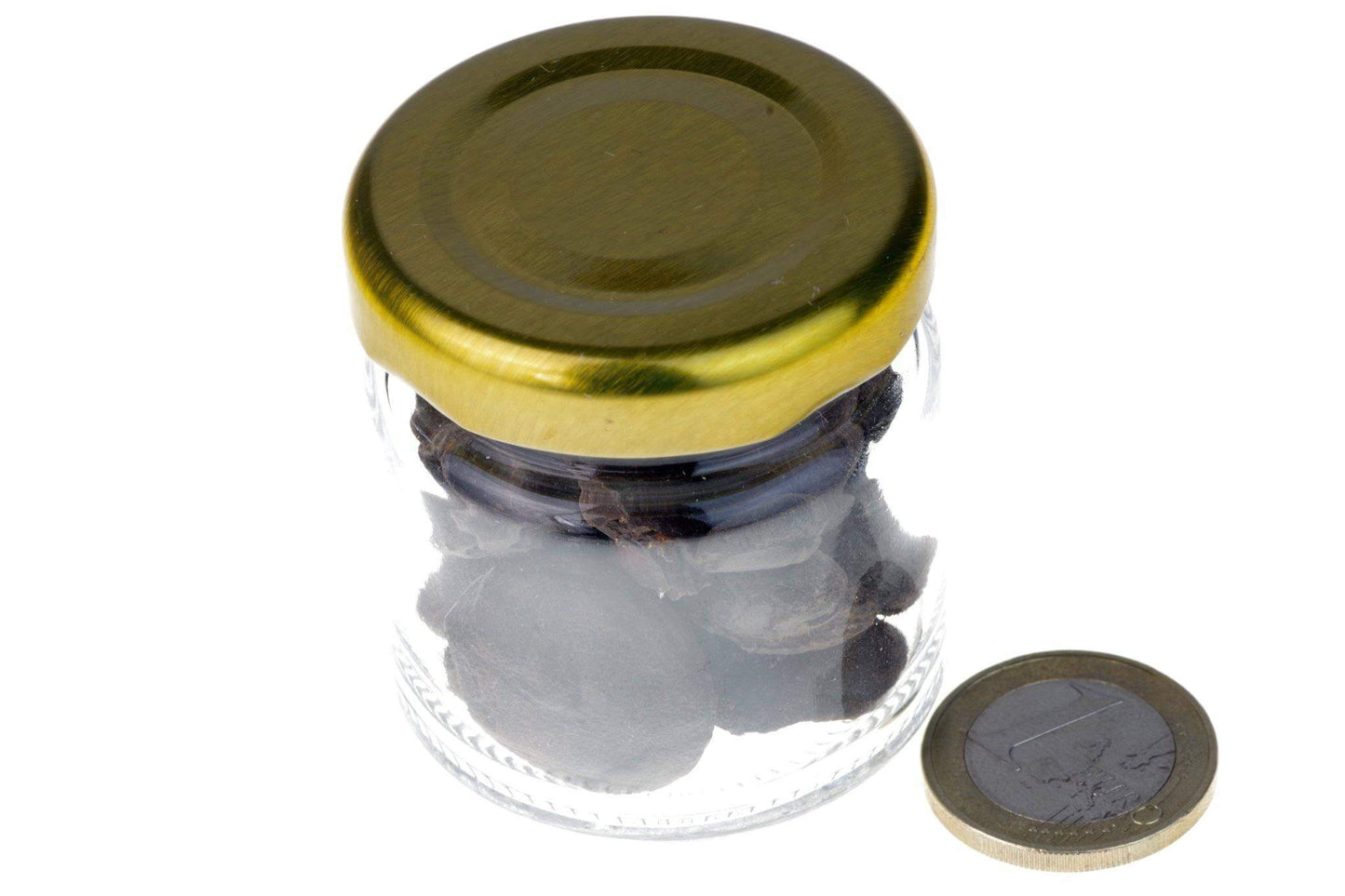www.Crystals.eu
Brachiopoda – Bottled
Brachiopoda – Bottled
Couldn't load pickup availability
🦪 Brachiopods: Ancient Marine Marvels
Brachiopods, also known as Brachiopoda, are a fascinating phylum of marine animals that have thrived for over half a billion years. Distinguished by their unique shell structure and symmetry, these organisms offer invaluable insights into the evolutionary history of marine life and serve as important indicators of environmental health.
🔍 Characteristics
- Valves and Shell Structure: Unlike bivalve mollusks, whose shells are symmetrical from side to side, brachiopods have asymmetrical valves—one dorsal (top) and one ventral (bottom)—hinged at the rear and controlled by internal muscles.
- Lophophore: A specialized feeding organ made up of ciliated tentacles arranged around the mouth, used to filter microscopic food particles from the water.
- Attachment Mechanism: Many species use a pedicle (a stalk-like structure) to anchor themselves to rocks or seafloor sediment.
- Habitat: Predominantly found in cold, low-light marine environments, making them sensitive bioindicators of oceanic conditions.
🧬 Classification and Evolution
-
Extant Groups: Over 400 species are still living today, classified mainly into:
- Inarticulata: Flexible shells without hinge teeth.
- Articulata: Rigid shells with a toothed hinge for stability and strength.
- Fossil Record: Brachiopods were abundant and diverse during the Paleozoic Era. Their fossils date back to the Cambrian Period (~540 million years ago), offering a rich window into ancient marine ecosystems.
- Evolutionary Significance: Their long evolutionary history and detailed fossil record provide essential data for understanding marine life evolution and extinction patterns.
🌊 Ecology
- Diet and Feeding: As filter feeders, brachiopods capture plankton and organic particles, contributing to nutrient cycling within their ecosystems.
- Predators and Role: Preyed upon by starfish, fish, and other marine animals. Their presence indicates ecological health and helps monitor changes in marine conditions.
Brachiopods are not only a window into the distant past but also a testament to the resilience and adaptability of marine life. Their unique shell structure, ancient origins, and significant ecological roles highlight their importance to both science and nature.
Whether admired for their scientific value or natural beauty, brachiopods offer a profound connection to the story of life on Earth—reminding us how intricately our world has evolved through time.
🔎 Crystal and gemstone meanings, Detailed Brachiopoda properties
Share













